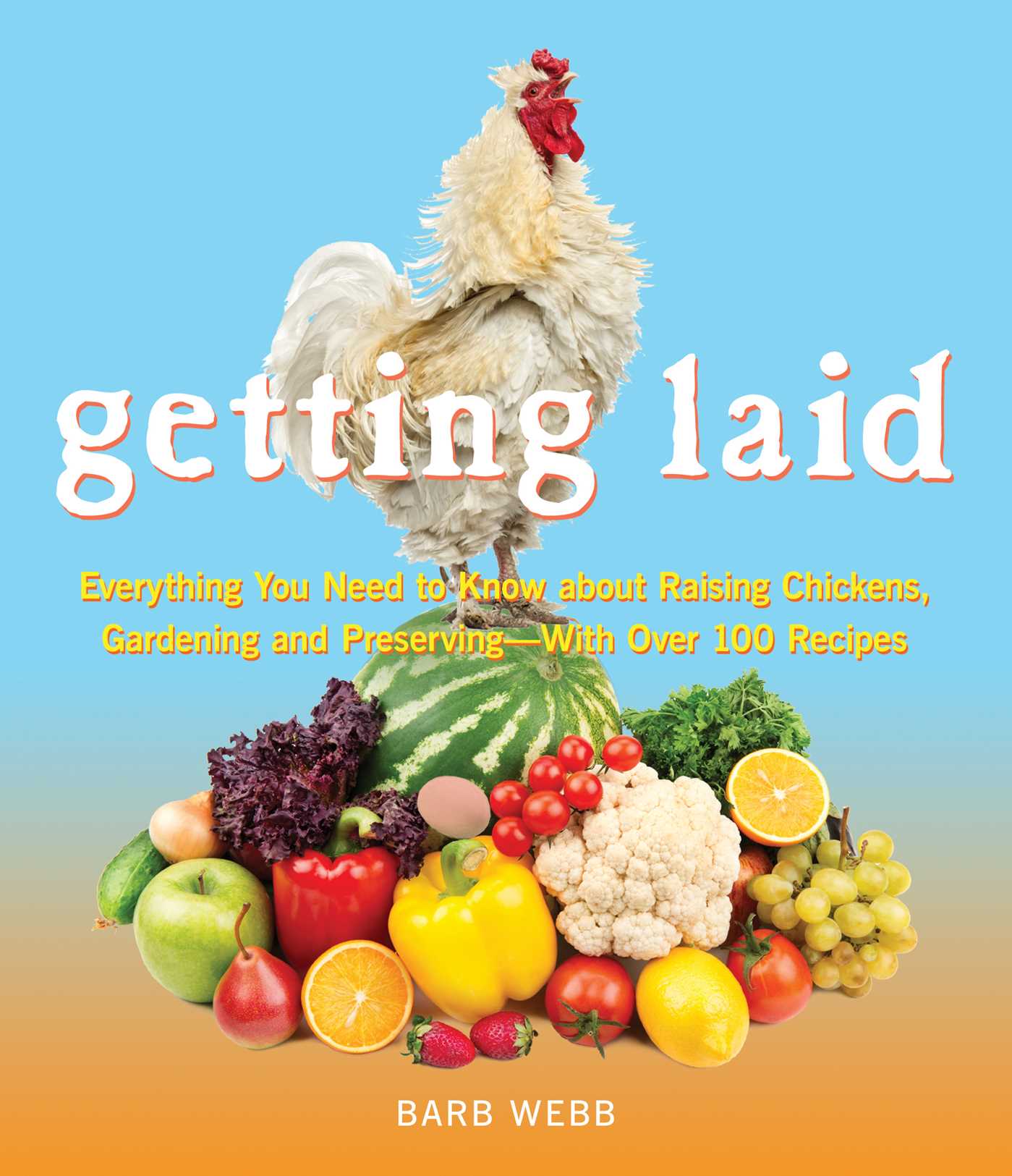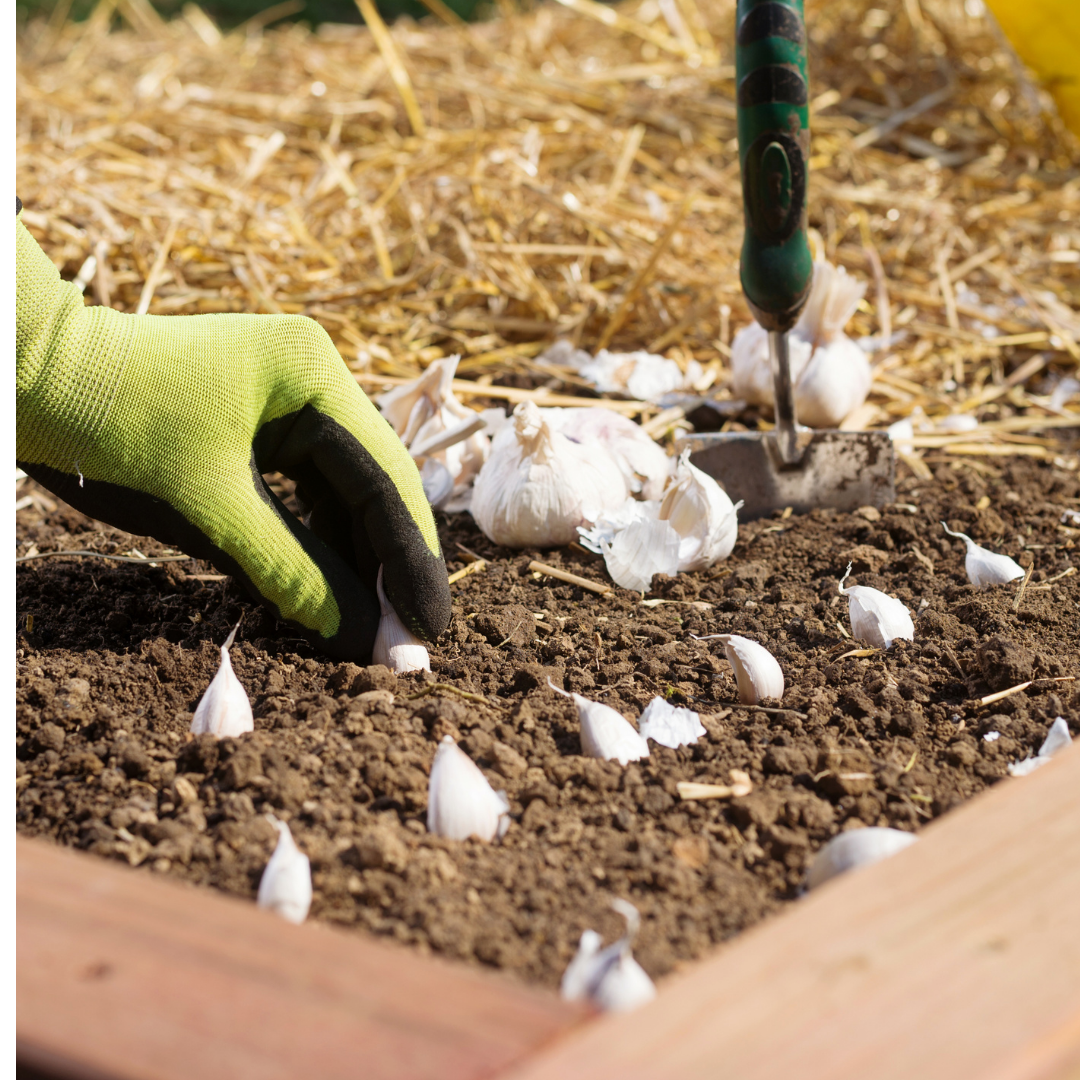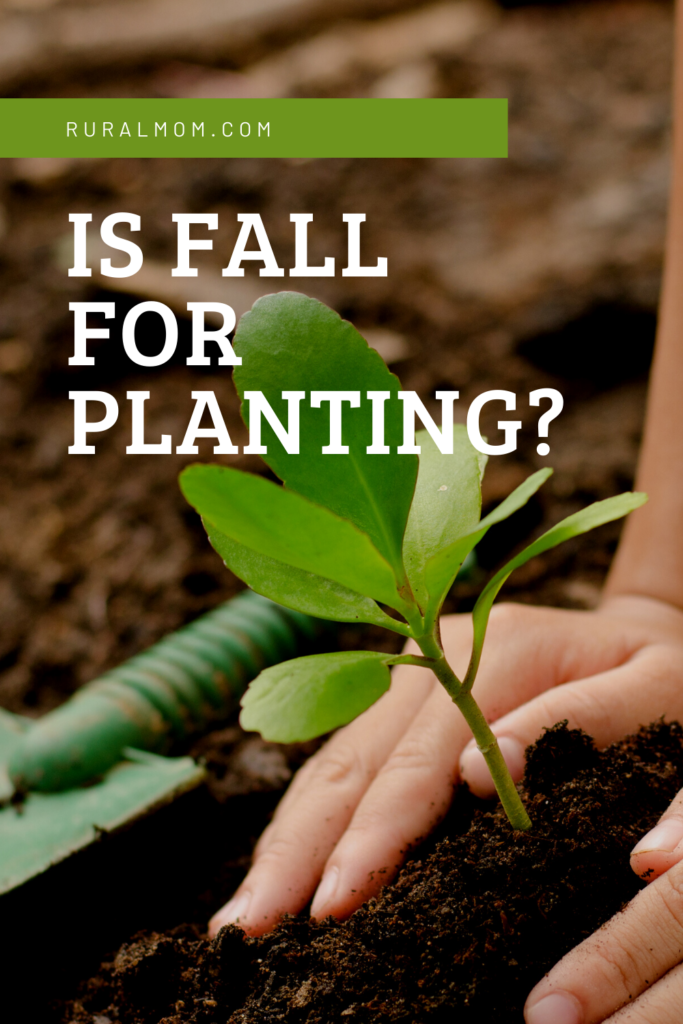Is fall for planting? In a nutshell, yes!
Years ago the California Association of Nurserymen even came up with a new advertisement campaign entitled – “Fall is for Planting”
As commonplace as it may sound, the simple new slogan gets right to the honest truth – fall is indeed, in many climates the best time for planting – with a few exceptions. (Severe cold winter climates are often best spring-planted.) In most areas, you can typically plant up to six weeks prior to the ground freezing.
What happens when you put plants in the ground during the fall?
Firstly, fall is like a second springtime of the year. Temperatures drop from the summer scorch as our precious earth travels further away from the Giant Hot Orb in the sky. As this happens, plant life is tricked into growing again by the moderate temperatures afforded.
But unlike spring planting, which is followed by our blazingly hot summer (and often the cause of plant failure), the temperature cools as winter fades in and plants go dormant or semi-dormant, depending on the species.
So with that, plants root out into the ground easily and then get to go on a retreat all winter. Many species will continue to put on root growth, and be pumped to take off the following spring.
What should I plant in the fall?
Some of the best vegetable plants to plant in fall in most areas include:
- winter lettuce, spinach and other hardy leafy greens including Kale
- Brussels sprouts
- broccoli and cauliflower
- garlic
- onions
- cabbage
- peas
- beets
- carrots
- radish
Spring-blooming bulbs, perennials, trees, and shrubs are all suitable for fall planting. Ideally, seed grass in the fall, as well.
Once your new trees and shrubs are planted, make certain you keep the root-ball zone sufficiently moist until winter rains are commonplace and take over the duty. Also, if needed in your zone, don’t forget to make sure you have an irrigation system on a timer and it’s set properly. Plants like consistency in watering habits.
Are there exceptions to the “fall is for planting” rule?
There are, indeed, exceptions. The obvious ones – spring and summer plants like tomatoes should not be planted in the fall. These are plants that may suffer from frost.
(Unless, of course, you are choosing to use a greenhouse over the winter, in which case your summer plants like tomatoes may thrive.)
Citrus plants are also generally best planted in the spring. Established citrus (depending on the variety as many can withstand more cold than others) will usually handle the cold temperatures Mother Nature deals out. Giving it a full season’s head start establishes a good resilient root system before the cold hits.
Lime is particularly sensitive to cold so place it in a microclimate zone – sheltered by the house or large evergreen trees. Satsuma Mandarin and other Tangerines are generally more cold tolerant and can take open areas better. With Lemons the Meyer is more cold tolerant than a Eureka or Lisbon, and Oranges will sometimes bite the dust in extreme cold conditions.
Certain ground covers and plants that won’t really put on a flowery show are often best planted in spring. Fall planting can doom these – especially if the area is overly wet. If this is the case, you may want to mound the area and plant high, or install water-loving plants, such as the Ogon Acorus Grass, or Hibiscus moscheutos.




